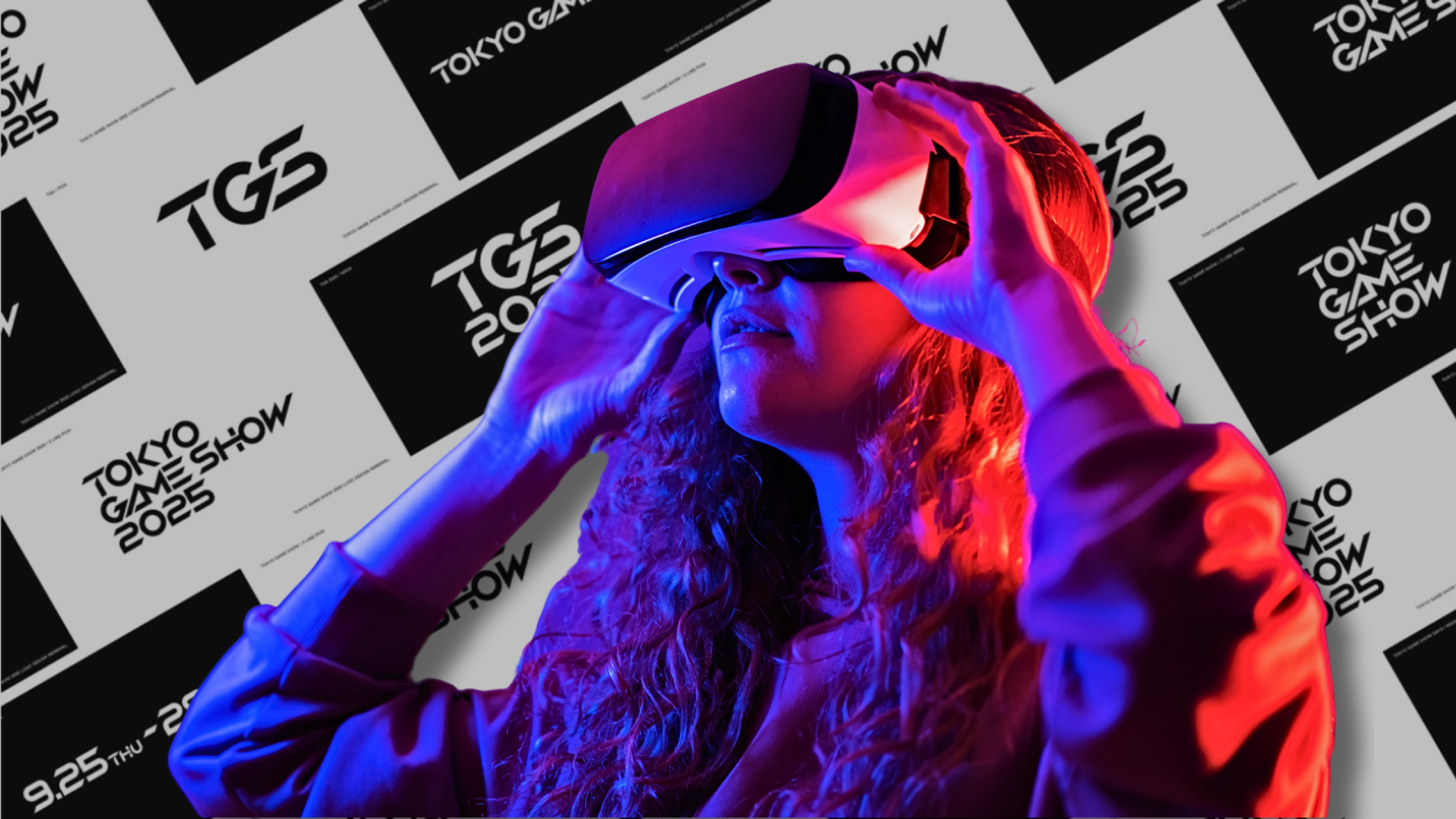Tokyo Game Show 2025: What’s in store for the future of gaming?

Photo: Tokyo Game Show

Asian developers and markets are becoming increasingly central to the global games industry as both a source of market opportunity and competition for Western developers. The 2025 Tokyo Game Show (TGS) made this crystal clear. The show boasted a record number of booths and exhibitors (according to TheJapanTimes).Although the TGS lineup was dominated by familiar titles rather than major announcements , the show still carried weight. Viewed broadly, TGS 2025 reaffirmed that global competition is intensifying as the games industry’s centres of power shift.
Asia’s growing influence in the global games industry
While Japan has played a key role in gaming since the beginning, representing a largely mature market for games, Western developers have only just begun to tap into the broader Asian gaming market. Additionally, outside of Japan, Asian game developers have largely been limited to niche appeal in their local markets – South Korean games companies primarily catering to South Korean gamers, for example. However, this year’s TGS – serving as a nexus for gaming in Asia – was another indication that times are changing.
A record number of exhibitors came from abroad, with more than half hailing from outside Japan. Many Western publishers are eager to expand into Asia, a region estimated to account for 40% of the roughly $230 billion games industry. To break through, developers leaned on proven strategies: recognisable franchises, cross-media tie-ins, and brand familiarity.
West versus East: The competition for new audiences
Microsoft made one of the boldest moves this year. Despite Xbox lagging far behind Nintendo and Sony in Asia, Microsoft staged a major showcase highlighting regionally tailored content. Remakes of popular Japanese franchises such as Fatal Frame and Dragonquest are coming to Xbox, while Microsoft’s own titles – including Call of Duty 7, Microsoft Flight Simulator, and Forza Horizon – will feature Japan-inspired maps and expansions.
Featured Report
AI futures Culture wars
AI is transforming culture, entertainment, business, and society at a rate unprecedented in the digital era. Unlike previous tech, AI is evolving at the speed of computing, not the human brain. Delivering as quickly as it promises, AI is breaking the mould.
Find out more…Conversely, TGS saw an influx of Chinese and South Korean games developers – such as Level Infinite and Nexon – producing console games. Traditionally mobile developers, these developers are now moving to produce high-quality gaming experiences for consoles and mobile. The move is a bid to appeal to audiences in Japan, the United States, and Europe, all markets where console gaming has larger prominence compared to mobile-first markets like China and South Korea.
A key tactic has been leveraging anime’s rising global popularity. Netmarble is developing a free-to-play, AAA release across console, PC, and mobile platforms based on the hit series Seven Deadly Sins. Moves like these demonstrate that Asia – particularly China, one of the world’s largest gaming markets – is emerging as both a key market and a serious competitor for Western games companies. This is especially true as developers look to create gaming experiences that are cross platform and, specifically, mobile; something that Chinese and South Korean developers have ample experience in.
Future-focused gaming peripherals and VR / AR innovation
Beyond software, TGS spotlighted experimental technologies and peripherals that hint at gaming’s future. A Chinese company showcased VR gloves capable of tracking hand movements while providing tactile feedback, while a Japanese developer unveiled a headset designed to read and analyse brainwaves, enabling new forms of interaction.
Though VR and AR adoption is still in its early stages, investment in next-generation peripherals could shape not only gaming but also adjacent industries too. This tech could be a strong play for companies seeking to tap gaming’s high value while insulating themselves from any industry specific downturns through alternative use cases, such as medical technology or robotics.
A shift in the gaming industry’s orbit
This year’s Tokyo Game Show acted as a nexus for East and West in the gaming industry. Japan’s advanced but insular gaming culture provides a fascinating test case for how global companies are attempting to enter and adapt into markets where they have less of a foothold. The show highlighted a dual movement: Western companies seeking increased relevance in Asia, the largest growth region in gaming, and Chinese and South Korean no longer just producing games for local markets.
With Asian markets currently representing nearly half of global gaming revenue and developers from China and South Korea emerging as serious competitors, the balance of influence in the gaming industry is shifting. Moving into 2026, one thing is clear: The future of gaming will need to be constructed with global audiences in mind.

The discussion around this post has not yet got started, be the first to add an opinion.